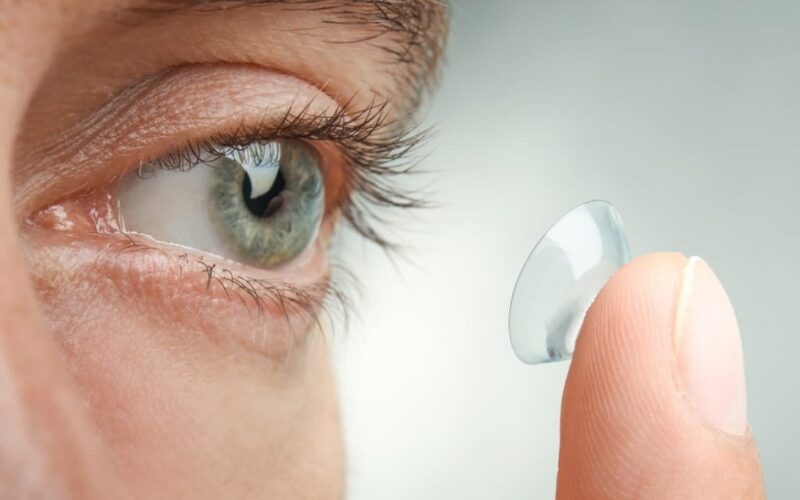When you take your child to the eye doctor, and they find the first signs of Keratoconus, it can be a rude awakening. Keratoconus is a dangerous disorder, but if treated early, it usually does not result in vision loss.
Keratoconus is a complex condition to diagnose.
If your child exhibits the following symptoms, their eye doctor may suggest Keratoconus in Singapore if:
A vision that is hazy or distorted, as though the world is reflected in a funhouse mirror Light sensitivity A requirement for stronger spectacles or contact lenses soon after a recent eye exam Itchy eyes; excessive scratching of the eyes When one eye is covered, it is possible to see twice.If any or all of these symptoms are present, your kid should see an eye doctor to determine if they have Keratoconus. The sooner the proper treatment is administered, the better.
Additional resources: Keratoconus is diagnosed by an optometrist.
The cause of Keratoconus is unknown.
Scientists are constantly looking into the causes of Keratoconus. Certain occurrences are inherited, but environmental factors can also play a role, and Keratoconus appears to be linked to an eye allergy or physical condition in some cases.
What Exactly Is Going On?
The cornea is the transparent component of the eye that allows light to enter. Usually, this would be nearly perfectly spherical. This sphere’s collagen fibres give essential stability and rigidity. However, with Keratoconus, the tissue gradually thins, causing the eye to take on the appearance of a cone. As a result, vision is distorted and diminished.
Can Keratoconus Cause Blindness?
Although Keratoconus can grow quickly at first, it seldom causes blindness. The majority of people have this condition during puberty. For starters, there may be merely myopia and astigmatism, but this can quickly progress to severely limited and distorted vision. Keratoconus frequently stabilises at the age of 45.
Patients should get their eyes evaluated frequently so the doctor can monitor the disease’s progression and act if necessary to minimise potential vision loss. The earlier people are recognised with Keratoconus, the sooner they can undergo operations such as collagen corneal crosslinking to prevent it from worsening and acquire the appropriate corrective treatments to improve their vision.
Improve Both Vision and Comfort
Although there is no cure for Keratoconus, there are treatments that can slow its growth and improve vision. Collagen corneal crosslinking is used to halt advancement. In the early phases of Keratoconus, glasses and soft contact lenses are suitable options for vision correction. Custom or speciality contact lenses may be required as the condition advances to achieve clear vision. In addition, gas-permeable lenses that can be adjusted to fit over corneal abnormalities may be included. Scleral lenses are one of the most modern technologies for correcting vision in Keratoconus and may be recommended, mainly if corneal rigid gas permeable lenses are no longer comfortable. There are also hybrid lenses with a hard centre and a soft periphery that must provide the comfort of a soft lens.

